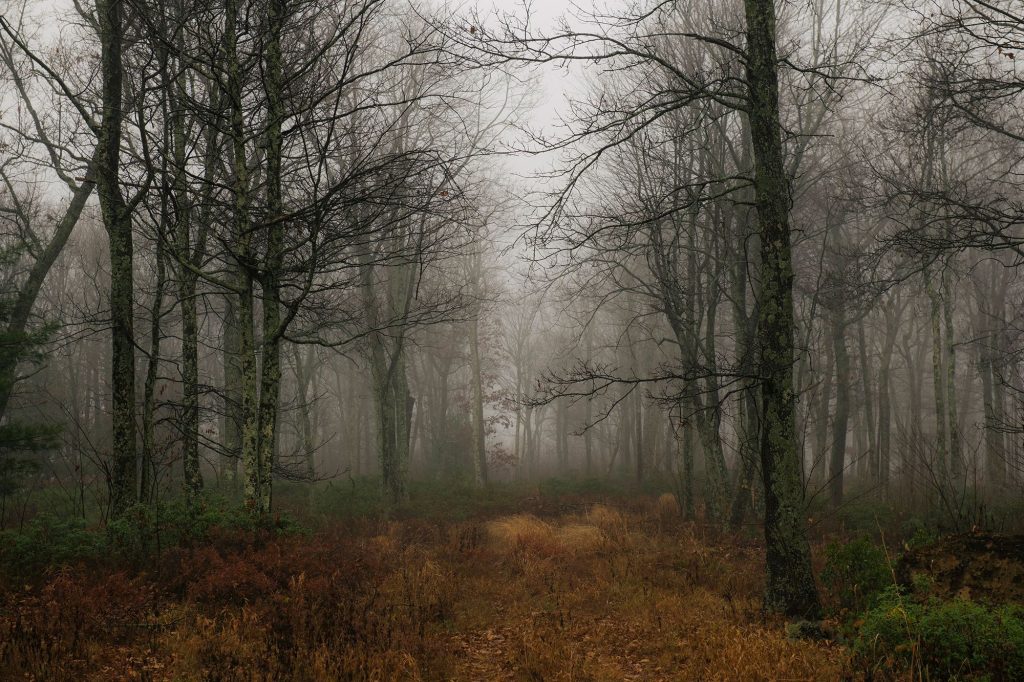
According to a non-profit that runs a global disclosure system for investors, companies, municipalities and even regions, companies taking strong climate action rose 46% just in 2020. Those rated highly by the nonprofit for their climate disclosures gained 5% more in the stock market than their peers over the past seven years.
And yet, the Nature Conservancy has gone old-school Papal, selling indulgences to companies to absolve them of their climate sins:
The Nature Conservancy recruits landowners and enrolls its own well-protected properties in carbon-offset projects, which generate credits that give big companies an inexpensive way to claim large emissions reductions. In these transactions, each metric ton of reduced emissions is represented by a financial instrument known as a carbon offset. The corporations buy the offsets, with the money flowing to the landowners and the Conservancy. The corporate buyers then use those credits to subtract an equivalent amount of emissions from their own ledgers.
The market for these credits is booming, according to BloombergNEF, a clean-energy research group. In the first 10 months of this year, companies used more than 55.1 million carbon credits to offset their emissions (equivalent to the pollution from 12 million cars), a 28% increase from the same period in 2019. While some of these credits are paying for projects that are truly reducing emissions, an unknown number represent inflated claims.
Few have jumped into this growing market with as much zeal as the Nature Conservancy, which was founded 69 years ago by a small group of ecologists seeking to preserve the last unspoiled lands in the U.S. In the seven decades since, the nonprofit in Arlington, Va., has grown into an environmental juggernaut, protecting more than 125 million acres. Last year its revenue was $932 million, which eclipsed the combined budgets of the country’s next three largest environmental nonprofits.
…
“For the credits to be real, the payment needs to induce the environmental benefit,” says Danny Cullenward, a lecturer at Stanford and policy director at CarbonPlan, a nonprofit that analyzes climate solutions. If the Conservancy is enrolling landowners who had no intention of cutting their trees, he adds, “they’re engaged in the business of creating fake carbon offsets.”
…
Barbara Haya, research fellow at the University of California at Berkeley, has studied these types of carbon projects for almost two decades. “We just don’t have time for false offsets that take credit for reductions that were already happening anyway,” she says.
Trees are extraordinarily important, but selling protected forests multiple times as carbon offsets is a phony practice. The wordplay around potential de-forestation and the urgency of doing more about a burning planet create a perfect field for corporate skullduggery. An environmental ledger, per se, that allows for continual stacking on both sides does little other than perpetuate the tried-and-false bottom-line thinking by corporations. They/we are going to actually have to do the hard stuff – slow boats, sun-powered planes, more density, more trains – to reduce net emissions. Real reductions, not carbon deals. Carbon offsets may once have been an easy way toward ‘doing’ something about climate change, but it is time to move away from them.

